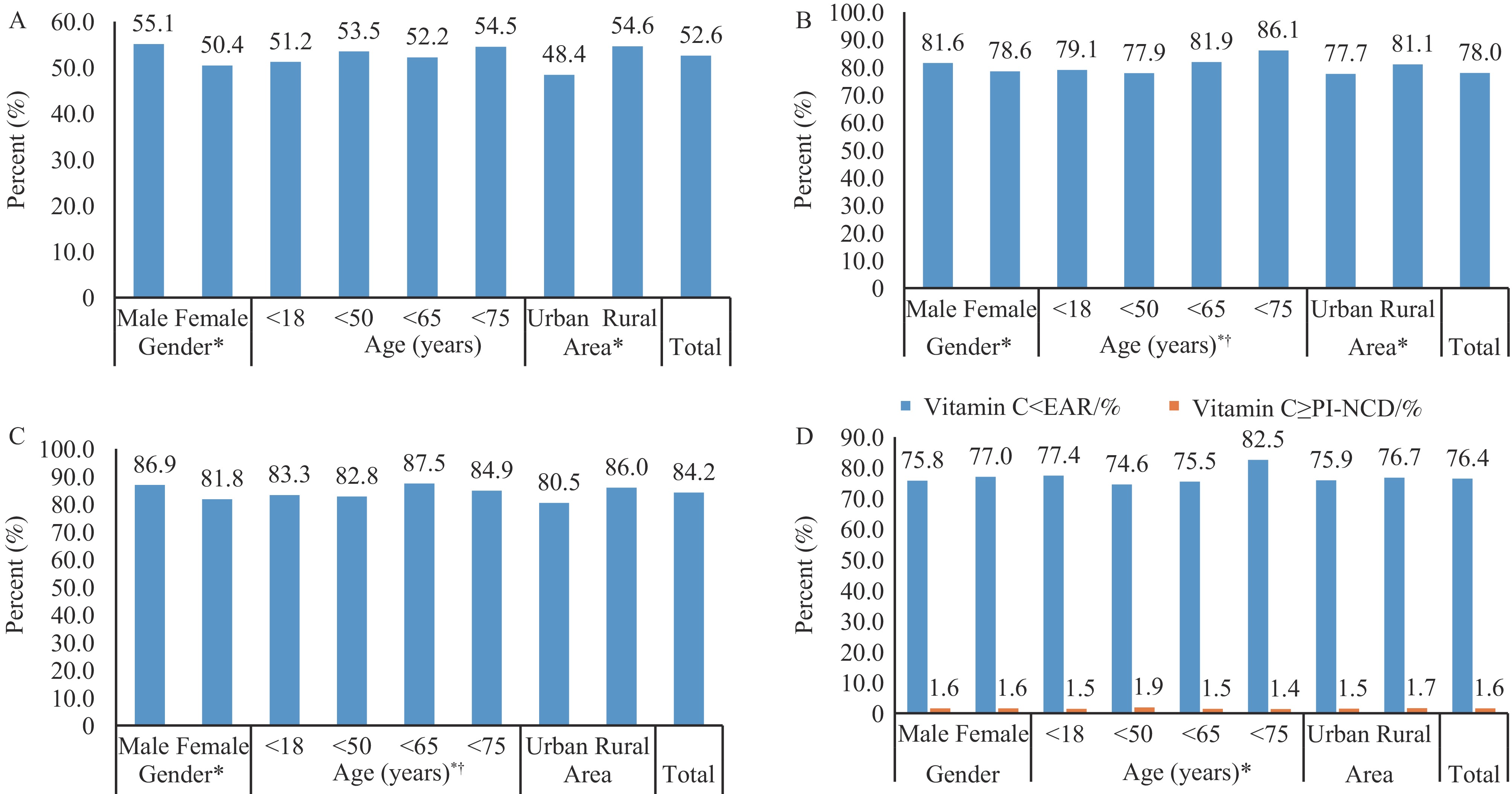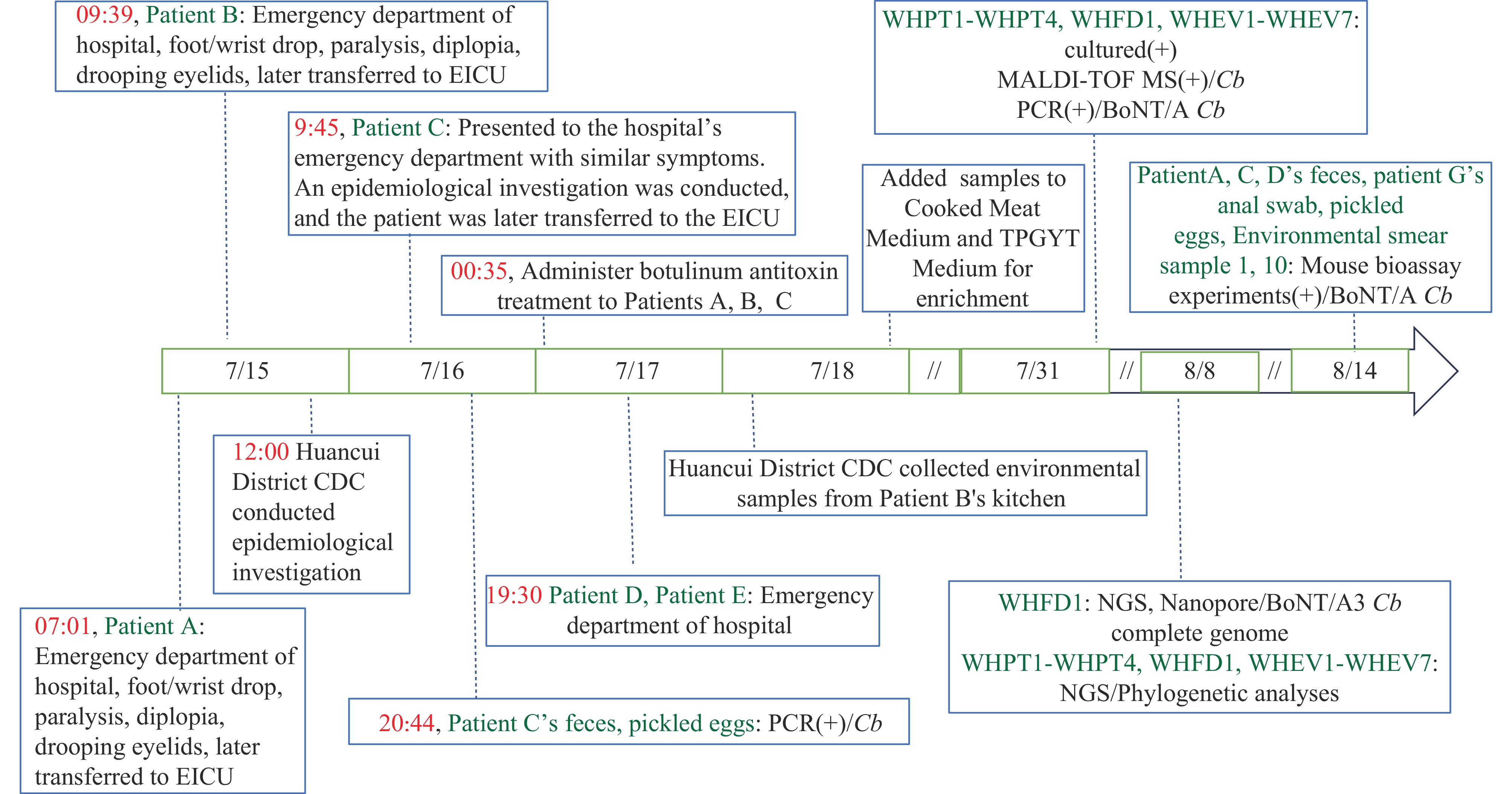2024 Vol. 6, No. 51
China faces a critical public health challenge with obesity rates exceeding 50% among adults and 20% among children. In response, the National Health Commission launched a comprehensive three-year “Year of Weight Management” initiative in March 2024, further emphasized by the 36th Patriotic Health Month’s theme “Healthy Towns - Healthy Weight” in April 2024. These initiatives underscore the urgent necessity for implementing comprehensive strategies to combat obesity and its associated non-communicable diseases. To catalyze these national efforts, the Obesity Prevention and Control Section of the Chinese Nutrition Society, in collaboration with the Chinese Society of Behavioral Health of the Chinese Preventive Medicine Association, the International Center for Obesity and Metabolic Diseases Research, the Global Health Institute at Xi’an Jiaotong University, and other partnering institutions issued the Expert Consensus of “China Healthy Weight Management Action Initiative” during the March 4, 2024 World Obesity Day campaign. This paper presents and analyzes the initiative’s systematic strategy, which integrates ten strategic recommendations across five key domains: 1) strategic policy and guideline implementation, 2) strengthening healthcare systems and public awareness, 3) collaborative and international engagement, 4) building health-conducive environments, and 5) data-driven approaches and technological solutions. The initiative establishes a comprehensive framework for addressing obesity through an integrated approach encompassing public policy, healthcare systems, and community engagement. Implementation of these strategic recommendations is expected to significantly enhance public health outcomes and accelerate progress toward achieving the “Healthy China 2030 Initiative” objectives.
Vibrio parahaemolyticus (V. parahaemolyticus) is a common foodborne pathogen in coastal areas of China. Most epidemiological studies on V. parahaemolyticus have focused on foodborne disease outbreaks, with fewer studies based on long-term, continuous, and systematic sentinel surveillance.
Data were collected from the national foodborne disease active surveillance program in 31 provincial-level administrative divisions (PLADs) in China from 2013 to 2022. V. parahaemolyticus-positive cases were collected for further analysis in this study.
From 2013 to 2022, the National Foodborne Disease Case Surveillance System identified 23,818 cases of V. parahaemolyticus foodborne infection in China. Patient ages ranged from 2 months to 100 years, with an average age of 38.41 years. These cases primarily occurred in coastal areas during summer. A new serotype, O10:K4, emerged in 2020 and has become the dominant serotype over O3:K6.
V. parahaemolyticus infection is common in the eastern coastal areas of China and is strongly associated with aquatic food consumption. This study recommends that food regulatory authorities increase routine surveillance and inspection during high-risk periods and in high-risk areas. Authorities should also use social media platforms to conduct extensive public education campaigns on the prevention and control of V. parahaemolyticus-associated foodborne disease.
Mushroom poisoning incidents are one of the major causes of death by foodborne outbreaks in China. Effective detection and identification can provide the foundation for determining the cause of the incidents and the early diagnosis and treatment of patients.
The surveillance data from the Public Health Emergency Management Information System, China CDC, showed that incidents with laboratory test results as the basis for determining the cause of mushroom poisoning accounted for only 14.08%. The largest number of deaths was caused by acute liver failure mushrooms, which accounted for 55.17% of the clinical types of mushroom poisoning. Amanita exitialis and Russula subnigricans were responsible for the most incidents, both of which accounted for 17.39% of all species. Amanita exitialis and Amanita fuliginea caused the largest number of poisonings and deaths, accounting for 13.32% and 18.10%, respectively.
Research on the detection and identification of poisonous mushrooms needs to be strengthened. The detection capabilities of primary medical and health institutions, as well as the diagnosis and treatment of mushroom poisoning in primary hospitals, need to be improved.
Previous surveillance data from 2015–2017 showed that Chinese adults aged 18 to 59 years had mean daily vitamin intakes of 406.8 μg retinol equivalent (RE) for vitamin A, 36.7 mg for vitamin E, 0.8 mg for vitamin B1, 0.7 mg for vitamin B2, 13.9 mg for niacin, and 75.5 mg for vitamin C.
Recent findings from 10 provincial-level administrative divisions (PLADs) reveal that Chinese adults in 2022–2023 had median daily vitamin intakes of 467.8 μg RE for vitamin A, 27.3 mg for vitamin E, 0.7 mg for vitamin B1, 0.7 mg for vitamin B2, 12.9 mg for niacin, and 51.2 mg for vitamin C. The prevalence of insufficient intake was notably high for vitamins B2 (84.2%), B1 (78.0%), C (76.4%), and A (52.6%). Notably, only 1.6% of adults met the proposed intakes preventing non-communicable chronic diseases threshold for vitamin C intake.
There is an urgent need for targeted nutrition policies and interventions to address the widespread insufficient intake of vitamins A, B1, B2, and C among Chinese adults. Increased consumption of fresh vegetables and fruits is particularly recommended to improve vitamin C intake and reduce non-communicable chronic diseases.
Foodborne diarrheagenic Escherichia coli (DEC) outbreaks constitute a significant global public health concern, yet comprehensive data on outbreak incidence and epidemiological characteristics in China remain limited.
Between 2011 and 2022, there were 413 foodborne DEC outbreaks reported to foodborne disease outbreak surveillance system, resulting in 8,127 illnesses, 2,565 hospitalizations, and one fatality. Enteroaggregative Escherichia coli (EAEC) emerged as the predominant causative pathogen (48.82% of outbreaks), with school canteens being the most frequent outbreak setting (21.79%).
This systematic analysis of foodborne DEC outbreak trends and epidemiological characteristics in China over the past decade provides crucial insights for enhancing outbreak investigation capabilities and identifying specific etiologies, food vehicles, and high-risk settings associated with these outbreaks.
Foodborne botulism is caused by botulinum neurotoxin (BoNT). Clostridium botulinum (C. botulinum) is a strictly anaerobic, Gram-positive bacterium, which is a key pathogen capable of producing BoNT. BoNTs can be classified into seven serotypes (A to G) based on their antigenic properties. Among these, BoNT/A is one of the most common serotypes.
This was a case of foodborne botulism in Weihai caused by homemade pickled eggs contaminated with C. botulinum. Five individuals presented with symptoms, while three were asymptomatic. All patients received botulinum antitoxin treatment, and no deaths occurred. During this outbreak, 12 isolates of C. botulinum were obtained. The phylogenetic analysis results revealed that all the isolates came from the same origin.
This outbreak indicated that foodborne botulism remains a public health issue in China. We need to strengthen publicity and education efforts to inform people of the potential risk of botulism associated with consuming homemade traditional pickled foods. Heating and boiling homemade foods thoroughly can destroy toxins and prevent foodborne botulism.



 Subscribe for E-mail Alerts
Subscribe for E-mail Alerts CCDC Weekly RSS Feed
CCDC Weekly RSS Feed



